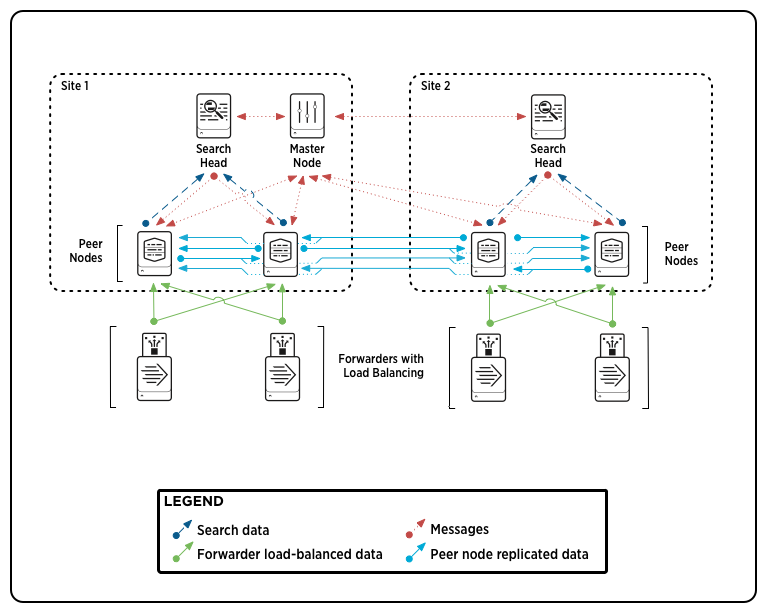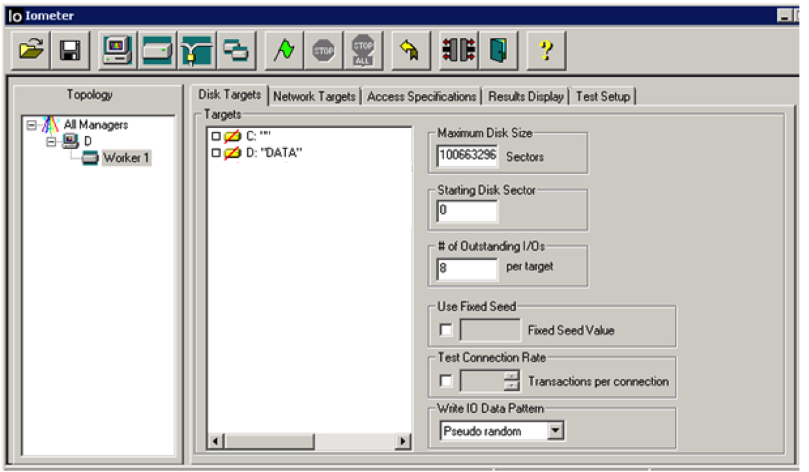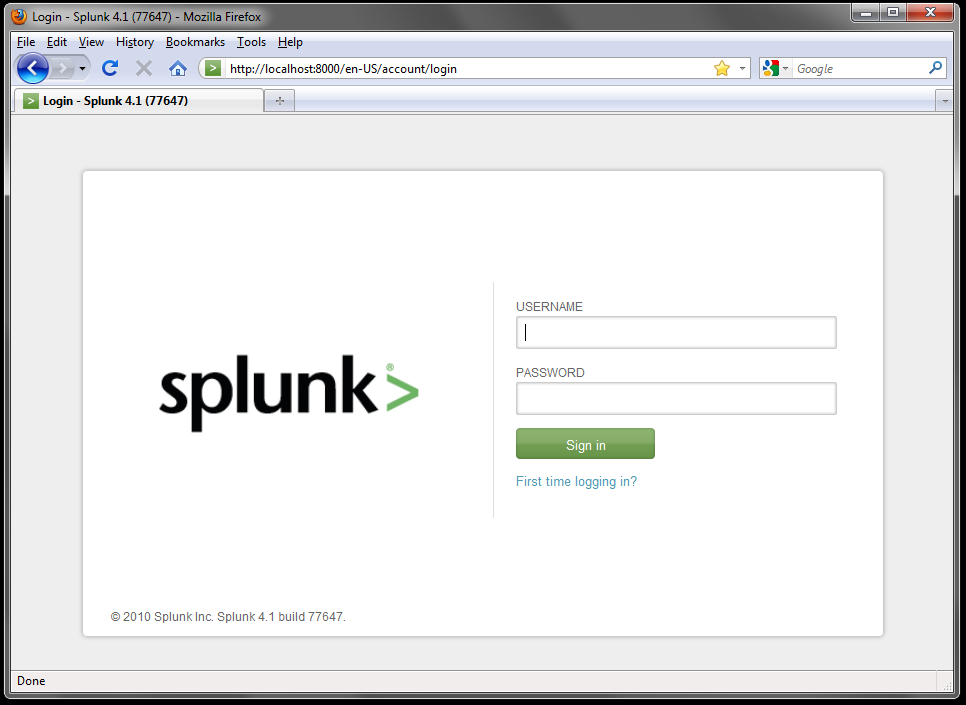Over the past few months, we have been working closely with Symantec™ to debut an exciting new Splunk App. Today, we are proud to announce the 1.0 release of the Symantec DeepSight™ Security Intelligence App for Splunk Enterprise on Splunkbase. Download it today! This app is the result of a collaborative effort between the Operational Intelligence Team at Function1 and Symantec’s Cyber Security Group.
This app works in tandem with...










